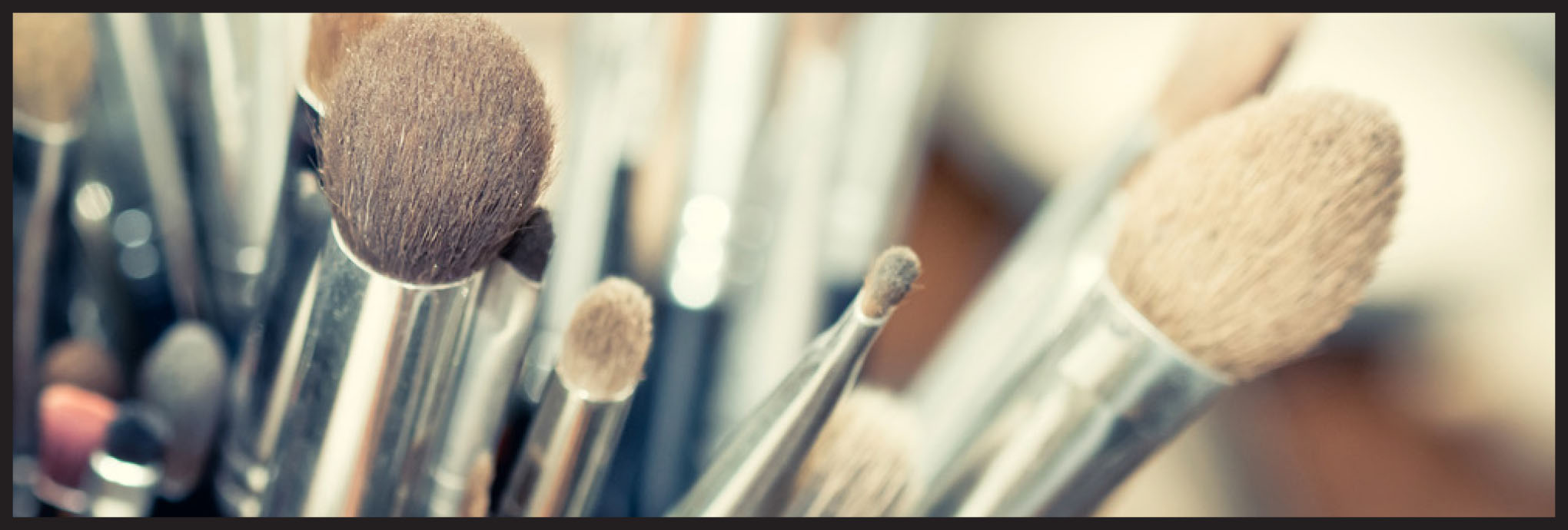 The Easy, Breezy Beautiful Path-to-Purchase
The Easy, Breezy Beautiful Path-to-Purchase
Retail sales of beauty products reached $38.1 billion in 2014 and are projected to grow 2% each year to follow. By 2019, sales are expected to reach a whopping $42.5 billion. What else is so beautiful about 2015’s beauty industry?
The Hottest Beauty Trends of 2015
While color cosmetics still maintain the highest market share of all beauty products at 25%, anti-aging skincare continues to gain popularity amongst young and mature consumers alike. 40% of Millennials are taking an active approach to staying young by using anti-aging products, while older consumers are looking to reinvent themselves. Having an “ageless” image and attitude is important to both generations, which is reflected in $679 billion product sales. Men’s beauty (yes, men’s!) is also making a cameo in 2015: Men are upping their beauty regiments and investing in more products now than ever before. It is likely that future beauty product marketing will be more heavily inclusive of men than it is now.
Changes in How Women Shop for Beauty Products
The beauty market offers a multitude of product and retail shopping options for consumers. Shoppers in this category are primarily driven by price and convenience when making choices as to where to shop and what to buy. This can cause them to become loyal to select retailers and brands, making it challenging for other retailers and brands to break through.
Beauty aficionados most involved in the category, researching and buying items frequently, are the most open to trying new experiences. She still loves to showroom (particularly to scout out her favorite scents before she commits to a product) and over 90% of her purchases are made in-store (shampoo and conditioner, body washes and lotions top her list), but how women shop appears to be shifting to digital channels more and more. It is reported that the average store visits per consumer for beauty products fell by 2% in 2014, and while much larger declines in shopping at brick-and-mortar locations happened across top beauty retail channels, including drug (-16%), department (-6%) and mass merchandise (-2%), online shopping increased 15% last year.
Adjusting Beauty Product Marketing Amidst a Changing Landscape
The beauty retailer landscape is indeed shifting, as online shopping is gaining steam. Online beauty retail sales were estimated to have hit $301 billion in 2014, and are forecasted to increase 17% by 2019. Women are beginning to get more comfortable making purchases online, and stores must keep up with their consumers’ changing habits.
How is your brand leveraging its media capabilities and acknowledging the growing beauty space and accommodating the consumer’s evolving path-to-purchase?
Want to learn about beauty trends for 2016? Click here to download our 2016 Beauty Trends Report!
Sources: WMI/Rodale Health & Wellness Insights, Mintel, AdAge 2014



Comments